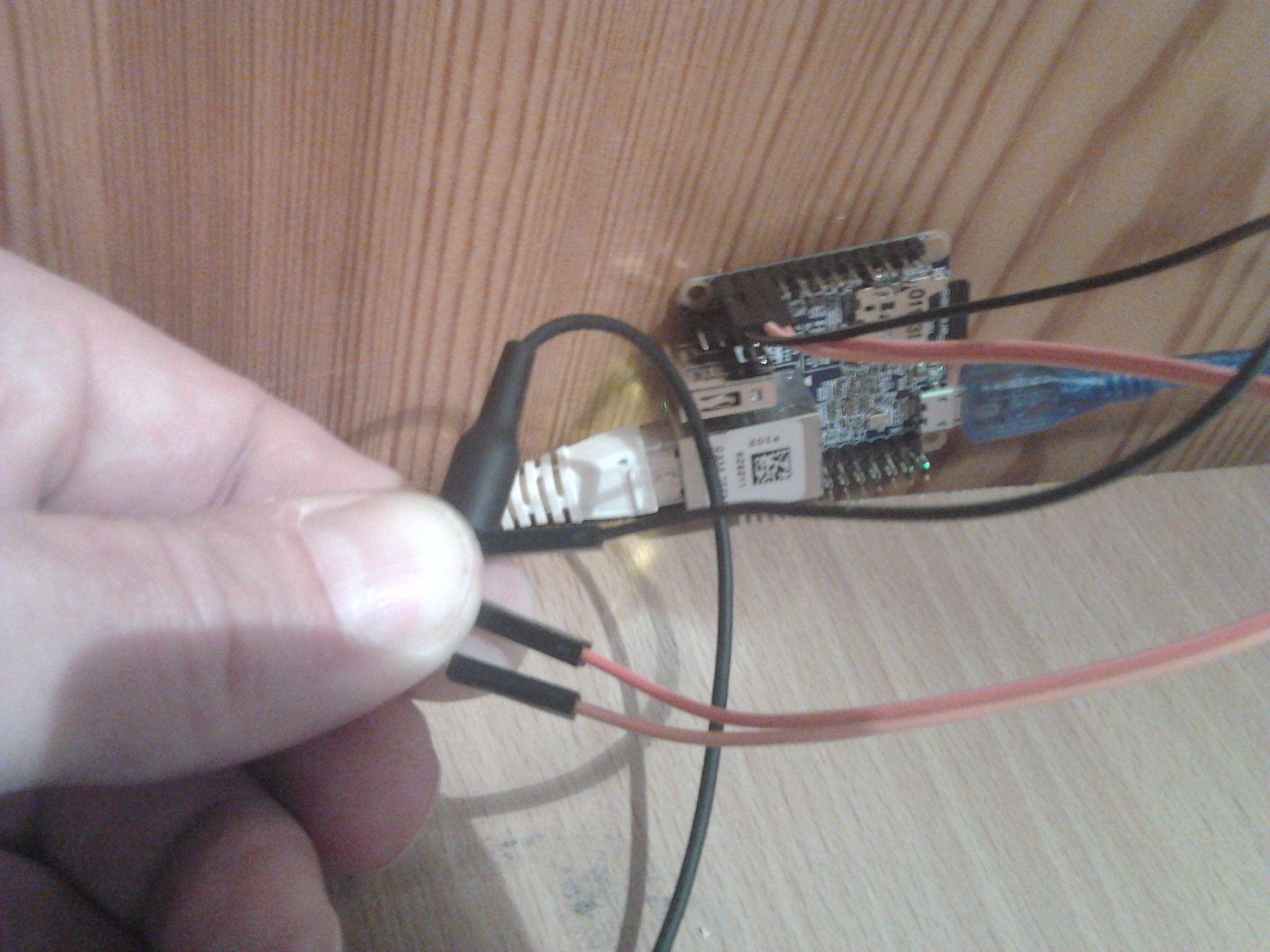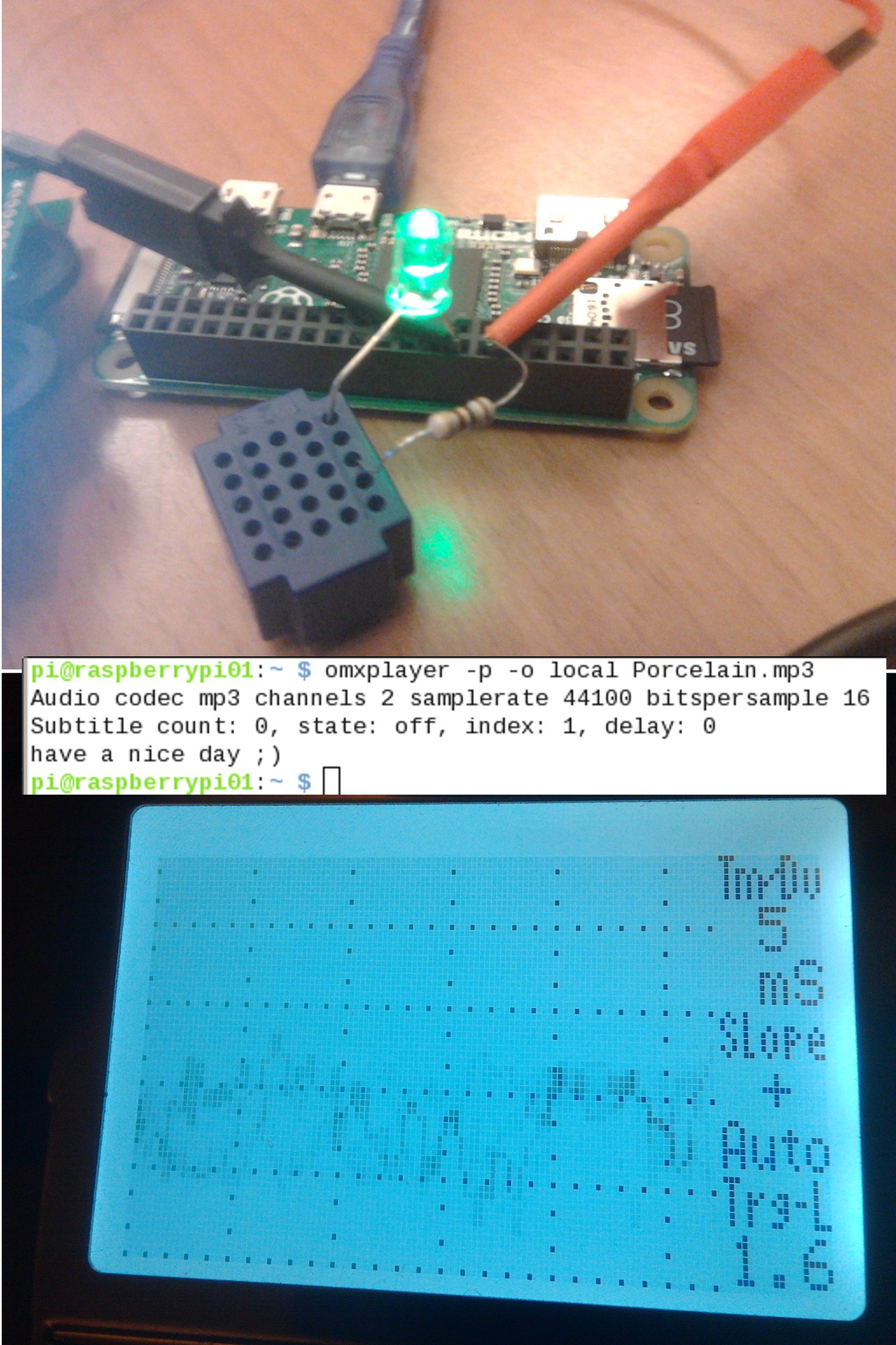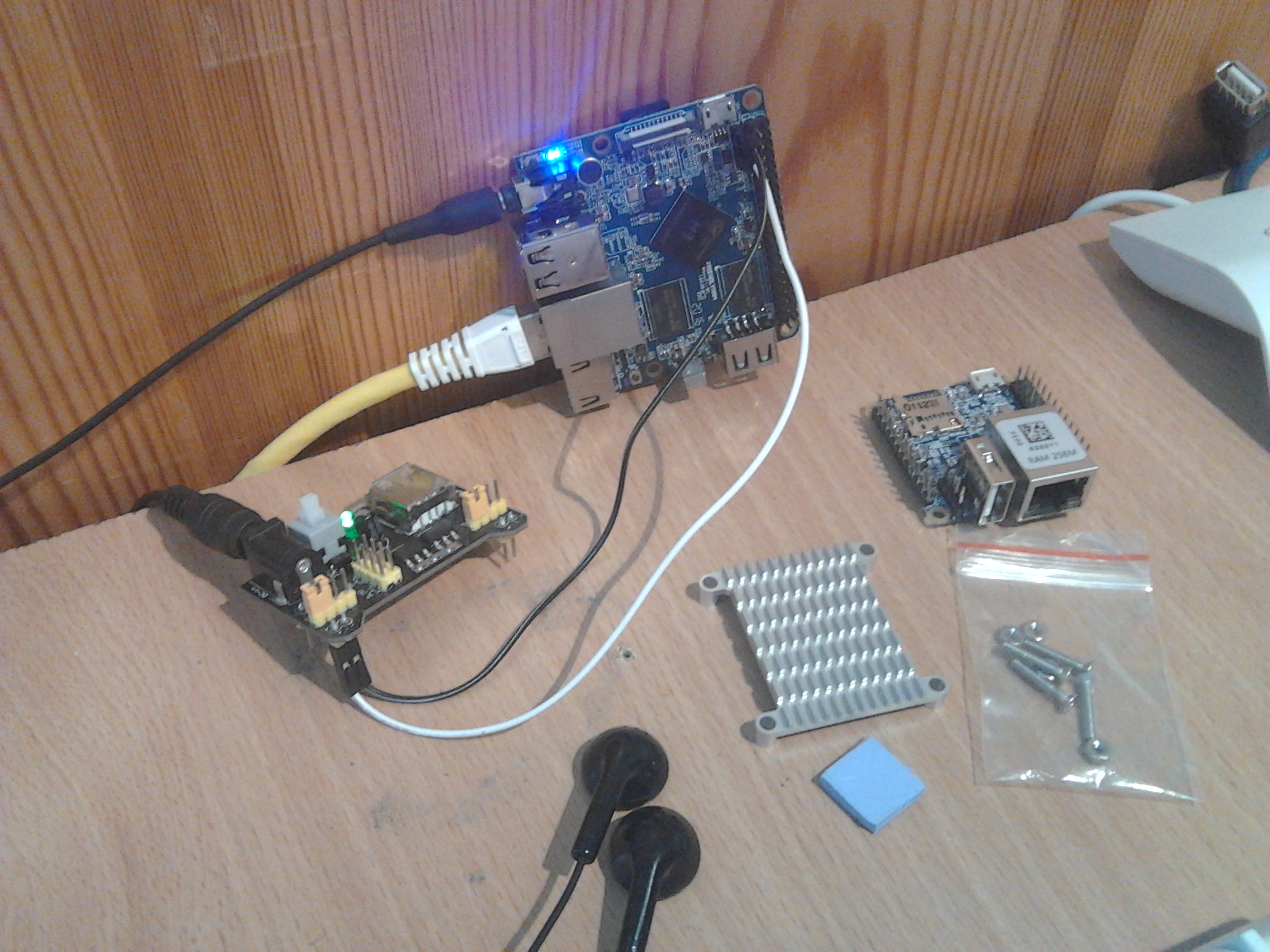Hi,
I finally found a way to play MP3 songs on Nanopi Neo!
I had not so good experiences with ffmpeg on other computers in the past.
But I just followed the instructions on this page and all was fine:
https://trac.ffmpeg.org/wiki/CompilationGuide/UbuntuI had to "configure" with leaving out two libraries I could not find or install:
Code: Select all
apt-get -y install autoconf automake build-essential libfreetype6-dev libsdl1.2-dev libtheora-dev libtool libvdpau-dev l
ibvorbis-dev libxcb1-dev libxcb-shm0-dev libxcb-xfixes0-dev pkg-config texinfo zlib1g-dev
Then for MP3 support what is described under section "libmp3lame" without any problems.
And finally "ffmpeg" compilation leaving out the libraries I had not installed, but including "libmp3lame":
Code: Select all
PATH="$HOME/bin:$PATH" PKG_CONFIG_PATH="$HOME/ffmpeg_build/lib/pkgconfig" ./configure --prefix="$HOME/ffmpeg_build" --pkg-config-flags="--static" --extra-cflags="-I$HOME/ffmpeg_build/include" --extra-ldflags="-L$HOME/ffmpeg_build/lib" --bindir="$HOME/bin" --enable-gpl --enable-libfreetype --enable-libmp3lame --enable-libtheora --enable-libvorbis --enable-nonfree
And then I played the first MP3 song, without any high or low pass filters with really good headphone sound quality(!). I just checked same song with omxplayer on Raspberry Pi Zero, and I can identify the song, but quality is really bad. That seems to be the reason why in Adafruit posting pointed to further above they did use high/low pass filters. Maybe Nanopi Neo has the needed filter already built in?
Code: Select all
root@FriendlyARM:~/ffmpeg_sources/ffmpeg# ./ffplay ../../Porcelain.mp3
ffplay version N-81451-g8a78fc5 Copyright (c) 2003-2016 the FFmpeg developers
built with gcc 5.2.1 (Ubuntu 5.2.1-22ubuntu2) 20151010
configuration: --prefix=/root/ffmpeg_build --pkg-config-flags=--static --extra-cflags=-I/root/ffmpeg_build/include --extra-ldflags=-L/root/ffmpeg_build/lib --bindir=/root/bin --enable-gpl --enable-libfreetype --enable-libmp3lame --enable-libtheora --enable-libvorbis --enable-nonfree
libavutil 55. 29.100 / 55. 29.100
libavcodec 57. 54.100 / 57. 54.100
libavformat 57. 48.100 / 57. 48.100
libavdevice 57. 0.102 / 57. 0.102
libavfilter 6. 54.100 / 6. 54.100
libswscale 4. 1.100 / 4. 1.100
libswresample 2. 1.100 / 2. 1.100
libpostproc 54. 0.100 / 54. 0.100
Input #0, mp3, from '../../Porcelain.mp3': 0KB sq= 0B f=0/0
Metadata:
title : Porcelain
artist : Moby
album : Play
date : 2004
comment : Amazon.com Song ID: 20796195
track : 3
Duration: 00:04:00.27, start: 0.025057, bitrate: 210 kb/s
Stream #0:0: Audio: mp3, 44100 Hz, stereo, s16p, 210 kb/s
Metadata:
encoder : LAME3.97
Side data:
replaygain: track gain - -7.000000, track peak - unknown, album gain - unknown, album peak - unknown,
The good sound was made possible by this new "finger adapter" for the headphones


Have fun with NanoPi Neo MP3 playing,
Hermann.


